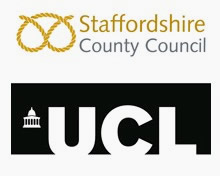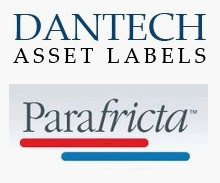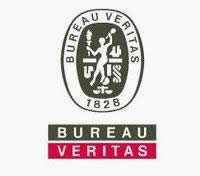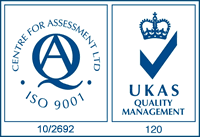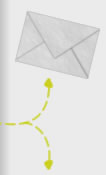Cutting Metal for Vehicle Manufacturing
11/02/2012
Steel is known to be immensely strong, but is still light enough to be used as one of the main materials in manufacturing cars and similar vehicles. This raises the question: if a substance is tough enough to be made into cars, how do you manage to cut it into the complicated shapes which are needed to create a fully working motor vehicle?
The same sorts of cutting tools and techniques are used by car manufacturing suppliers as well as independent fabricators. Most of the time these days a craftsman will not cut the metal by hand, but instead place the raw pieces into a computer-controlled machine which will cut and shape to very precise measurements. In fact, cutting metal for use making cars uses many of the same technologies as for other metal fabrication industries, such as shipbuilding.
For small or low-volume metal cuts which don’t require a large level of accuracy – for example, someone cutting metal in their garage to modify their car – it is possible to use hand operated cutting shears. For higher volume jobs, or those used in mass manufacture which require very accurate metal cutting, equipment becomes more complex. Common examples include computer-controlled lasers and plasma cutters.
These metal cutting techniques can cut through lots of material very rapidly. Using computerised controls means that there are few (if any) mistakes, and the high level of accuracy reduces waste which keeps costs low. Since car manufacturing is so competitive, companies which supply automotive components are always looking for new tools and technologies which can save on labour costs without sacrificing quality or precision.
Lasers work well for cutting steel up to half an inch thick or cutting aluminium up to one third of an inch thick. They are most effective when used on materials which are free of impurities and inconsistencies, and of course best used for sheet metal components. Using laser cutting techniques on low-quality materials usually results in ragged cuts or molten metal splashing onto the lens of the laser, causing a great deal of costly damage.
Plasma blows an ionised stream of gas past a negatively charged electrode inside the nozzle of the cutting torch. The metal which will be cut is charged positively (i.e. the opposite of the gas stream). When the gas touches the metal, this creates a superheated area (usually over 20,000 degrees or higher) which slices through the metal.
In order for vehicles to meet quality standards for appearance and performance, the metal components have to be cut within very narrow percentages of accuracy which are called tolerances.
If you are looking for customised metal cutting for a variety of materials to precise tolerances, visit www.clickmetal.co.uk to buy online today.





